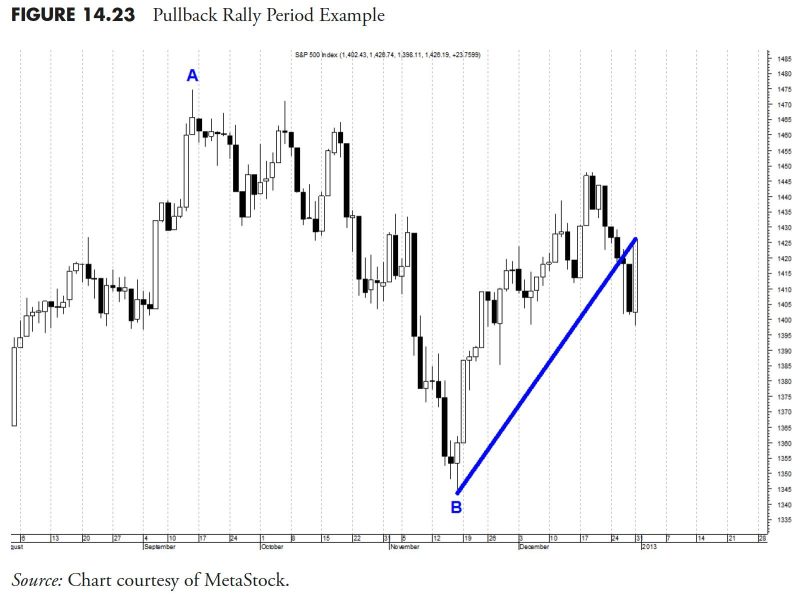In the world of finance, implementing a rules-based approach to money management can be highly beneficial in maximizing profits while minimizing risks. This method emphasizes the importance of discipline and strategic decision-making to achieve financial goals effectively. In the context of security selection, there are several rules and guidelines that can help investors make informed choices and enhance their portfolio performance.
One crucial rule in security selection is to prioritize quality over quantity. Instead of pursuing a vast array of securities, investors can focus on a select number of high-quality assets that align with their risk tolerance and investment objectives. By concentrating on a smaller, more carefully chosen portfolio, individuals can better monitor and assess the performance of their investments, leading to greater control over potential risks and returns.
Furthermore, diversification remains a fundamental principle in security selection. By spreading investments across various asset classes, industries, and regions, investors can reduce the impact of any one security underperforming. Diversification helps minimize overall portfolio risk and provides a cushion against market volatility, enhancing the stability and resilience of the investment portfolio.
When selecting individual securities, investors should also pay close attention to factors such as financial health, management quality, and industry trends. Analyzing a company’s financial statements, assessing its management team’s capabilities, and staying informed about industry developments can provide valuable insights into the potential growth and stability of a security. Conducting thorough research and due diligence is essential to making informed investment decisions and reducing the likelihood of unforeseen risks.
Moreover, setting clear criteria for entry and exit points is essential in security selection. Establishing specific thresholds for purchasing and selling securities based on predetermined criteria, such as price targets, fundamental indicators, or technical signals, can help investors maintain a disciplined approach to managing their portfolios. By having predefined rules for entering and exiting positions, individuals can avoid emotional decision-making and adhere to a structured investment strategy.
In addition to establishing clear entry and exit rules, regular review and monitoring of securities are crucial in maintaining a well-structured investment portfolio. By consistently evaluating the performance of individual securities and assessing their alignment with the overall investment strategy, investors can identify opportunities for optimization and make informed adjustments as needed. Continuous monitoring allows for proactive portfolio management and ensures that investment decisions remain in line with financial goals and risk tolerance levels.
In conclusion, following rules and guidelines in security selection can significantly enhance the effectiveness of money management strategies and improve investment outcomes. By prioritizing quality, diversification, thorough research, disciplined entry and exit points, and regular monitoring, investors can build a robust and resilient investment portfolio capable of weathering market fluctuations and achieving long-term financial success. Adhering to a rules-based approach to security selection empowers individuals to make strategic, informed decisions that align with their investment objectives and mitigate risks effectively.
